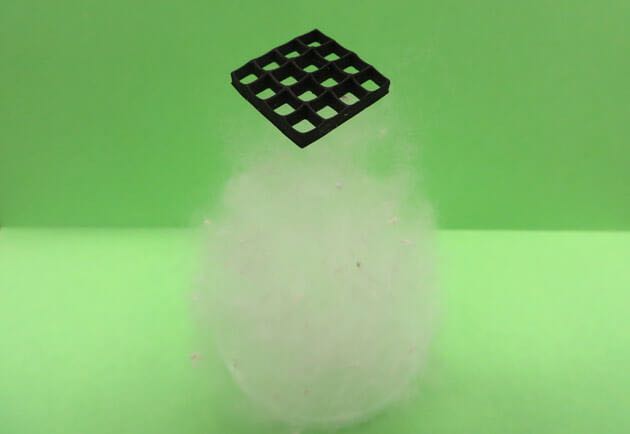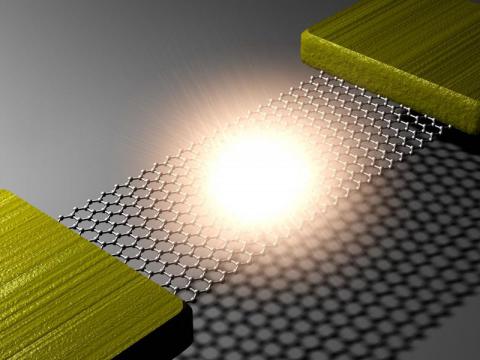3-D Printing Of Graphene Aerogel
Ever since aerogels were discovered, scientists have been trying to look for more efficient ways of synthesizing this impressive low density substance. Researchers are especially interested in the graphene aerogel variety as it has additional properties like high conductivity and compressibility. It is important to look for alternative methods to produce this material as it will help drive down the aerogel cost.
One Promising Technique
for synthesizing 3D graphene aerogel with complex architectures for a wide range of applications is through 3D printing. There are several things you must keep in mind as you begin this printing process. First of all, you need to buy aerogel and then change its viscosity so that it is very high.
Researchers usually mix graphene together with silica or polymers before using an inkjet printer to extrude the mixture at a high temperature. The silica or polymer is then extracted afterwards through a chemical process or by burning, but this may damage the structure of the aerogel.
Nevertheless, since this 3D printing technique of creating 3D graphene aerogels results in a layered structure, it can also produce a substance with inferior physical properties.
 Credit for image goes to www.rsc.org
Credit for image goes to www.rsc.org
A New Technique Of 3D Printing
graphene aerogel has allowed researchers to overcome the above mentioned problems. It involves mixing water with graphene oxide and then printing it at -25°C. This way every layer will freeze upon printing and will enable you to create a solid graphene oxide substance with the support of ice.
Researchers have also discovered that when you continue adding more layers onto the ice base, the frozen material is unfrozen, and the layers mix freely and then refreeze, which forms hydrogen bonds that improve the structural integrity of 3D graphene aerogel.
The resulting 3D graphene aerogel can be modified to create intricate structures, which are then freeze-dried in nitrogen to help in expelling the water.Through this technique researchers saved on the need of having to buy aerogel and instead created aerogels with a broad range of densities between 0.5 and 10mg/cm3. The technology was used to build super-capacitors and electrodes with great performance characteristics.
3-D Printing of Graphene Aerogel 3D graphene aerogel – Ever since aerogels were discovered, scientists have been trying to look for more efficient ways of synthesizing this impressive low density substance. Researchers are especially interested in the graphene aerogel variety as it has additional properties like high conductivity and compressibility.
 3D Graphene Aerogel Properties
3D Graphene Aerogel Properties
It Is Important To Look For Alternative Methods To Produce
as it will help drive down the aerogel cost. One promising technique for synthesizing 3D graphene aerogel with complex architectures for a wide range of applications is through 3D printing. There are several things you must keep in mind as you begin this printing process.
First of all, you need to buy aerogel and then change its viscosity so that it is very high. Researchers usually mix graphene together with silica or polymers before using an inkjet printer to extrude the mixture at a high temperature.
The silica or polymer is then extracted afterwards through a chemical process or by burning, but this may damage the structure of the aerogel. Nevertheless, since this 3D printing technique of creating 3D graphene aerogels results in a layered structure, it can also produce a substance with inferior physical properties.

